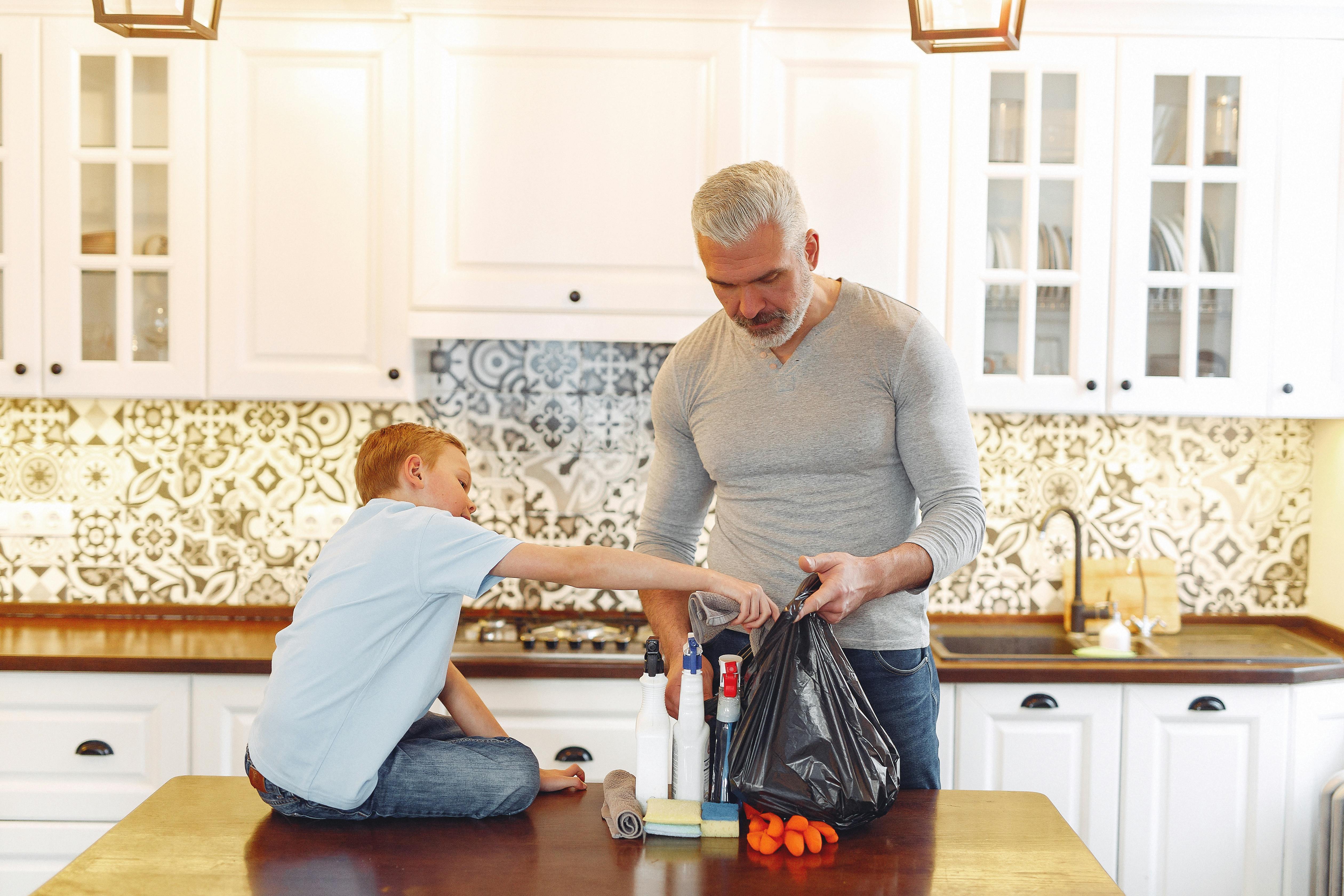In the workplace, policies and procedures are created to prevent accidental injuries and deaths. Most of the time, home security is not so well thought out. For the well-being of your children, several guidelines are worth knowing. This article is not comprehensive in scope, but rather a preliminary point for further investigation by an interested child care community.
There are eight critical areas that require attention.
Cords for blinds and curtains
There is a potential strangulation hazard for infants and young children who have access to long or looped curtain cords. The US Consumer Product Safety Commission reports that there are an average of 12 child deaths per year due to window cords. Keep cords out of reach.
1. Up or down, tie the cables out of the reach of children. Use a paperclip, clothespin, or large tie. Alternatively, cut the wires when the blinds are fully down. To prevent strangulation, you MUST install cord safety stops on the cords, as the inner cords can form a loop that can strangle a child. Install security cable kits.
2. Never place a crib, bed, high chair, piece of furniture or playpen near a window or patio door where a child could reach a curtain cord.
bunk beds
Health Canada advises that children under the age of 6 should never use the top bunk bed. Since 1985, several deaths have been reported when children under the age of 6 were placed on the top bunk. Usually the children suffocated when their bodies slipped between the railing and the mattress.
Therefore, the bed must:
1. Be in good condition.
2. Have guardrails on all sides of the top bunk. The gaps in the railing are small enough that a child cannot slip.
3. Have mattresses that fit comfortably.
4. Meets the requirements of current ASTM (American Society for Testing and Materials) international bunk bed standards.
change tables
If your changing table has safety straps, use them to keep your baby in place while you change. If you leave the room for any reason, always take the baby with you.
cribs
Cribs manufactured before September 1986 do not meet current safety standards and should not be used. In Canada, it is a criminal offense to advertise, sell or import a prohibited crib. There should be a label showing the name and date of manufacture. Since the regulations came into force, no deaths related to a non-compliant crib have been reported to Health Canada.
What should be checked?
1. Is the mattress support system secure? Rock the crib from side to side, tap the mattress from above and push hard on the mattress support from under the crib.
2. The space between the mattress and the sides of the crib must not exceed 3 cm (1 3/16 in). The mattress should not be more than 15 cm (6 inches) thick.
3. The distance between a cleat and any adjacent cleats must not exceed 6 cm (2 3/8 inches).
However, falls are a leading cause of injury. Between 1990 and April 2002, 75 percent of crib injuries were the result of falls when a child jumped over the side and out of the crib. The high rate of falls underlines the need to eliminate the support points that allow the child to get out of the crib
children’s parks
1. Remove cords and drawstrings from hoods, hats, and jackets.
2. Bicycle helmets can snag on equipment and strangle a child.
3. Check playground equipment for strings. Do not allow children to tie ropes or jump ropes to playground equipment.
Children’s parks
A playpen should be a place where a baby is safe.
1. Never leave a baby in a playard side down; Babies can suffocate if they roll into the gap between the mattress and the mesh side.
2. Avoid playpens that have sharp edges or hinges that could pinch, scrape, or cut fingers.
3. Never place scarves, necklaces or cords on or around the neck of the playard. These items can get caught in the playard and strangle a baby.
toy boxes
Heavy eyelids can droop over the head and neck causing death. Use a toy box without a lid, or use a toy box with strong, lightweight support hinges and ventilation holes. Avoid airtight storage containers. Access to these types of storage products could lead to suffocation if a child climbs inside.
Toys
Recently, a study of children admitted to hospital emergency rooms revealed that nearly 50% of household items removed from the respiratory system were toys.
In short, use common sense.
1. Buy a choking hazard tube. Shows if an item is smaller than 4.5 cm (1 ¾ in) and may be a choking hazard.
2. Supervise children closely. When visiting with family and friends, keep in mind that not everyone will take the same precautions to make sure the area is free of hazards and safe for children.
3. Verify recalls by contacting the manufacturer, distributor, or local government agencies.
4. Check that the furniture is stable on its own. When placing furniture, such as a wall unit, make sure the item is securely attached to the wall or floor. Place televisions on low furniture as far back as possible. Serious injury can occur when children climb on these items by causing them to fall on top of them. Install anti-tip stands on freestanding ranges and ranges. The US Consumer Product Safety Commission reports that an average of 22 deaths per year are caused by tipping furniture.
5. Scan your house from his point of view; crawl on your hands and knees to look for potential hazards and then remove the hazard.
Childhood is a carefree time. Young children are rarely neglected. They cannot anticipate danger in many everyday things or activities. We can teach them, observe them, love them and protect them.
Check these websites.
American Society for Testing and Materials: http://www.astm.org
Health Canada: http://www.hc-sc.gc.ca
Consumer Product Safety Commission: http://www.cpsc.gov



